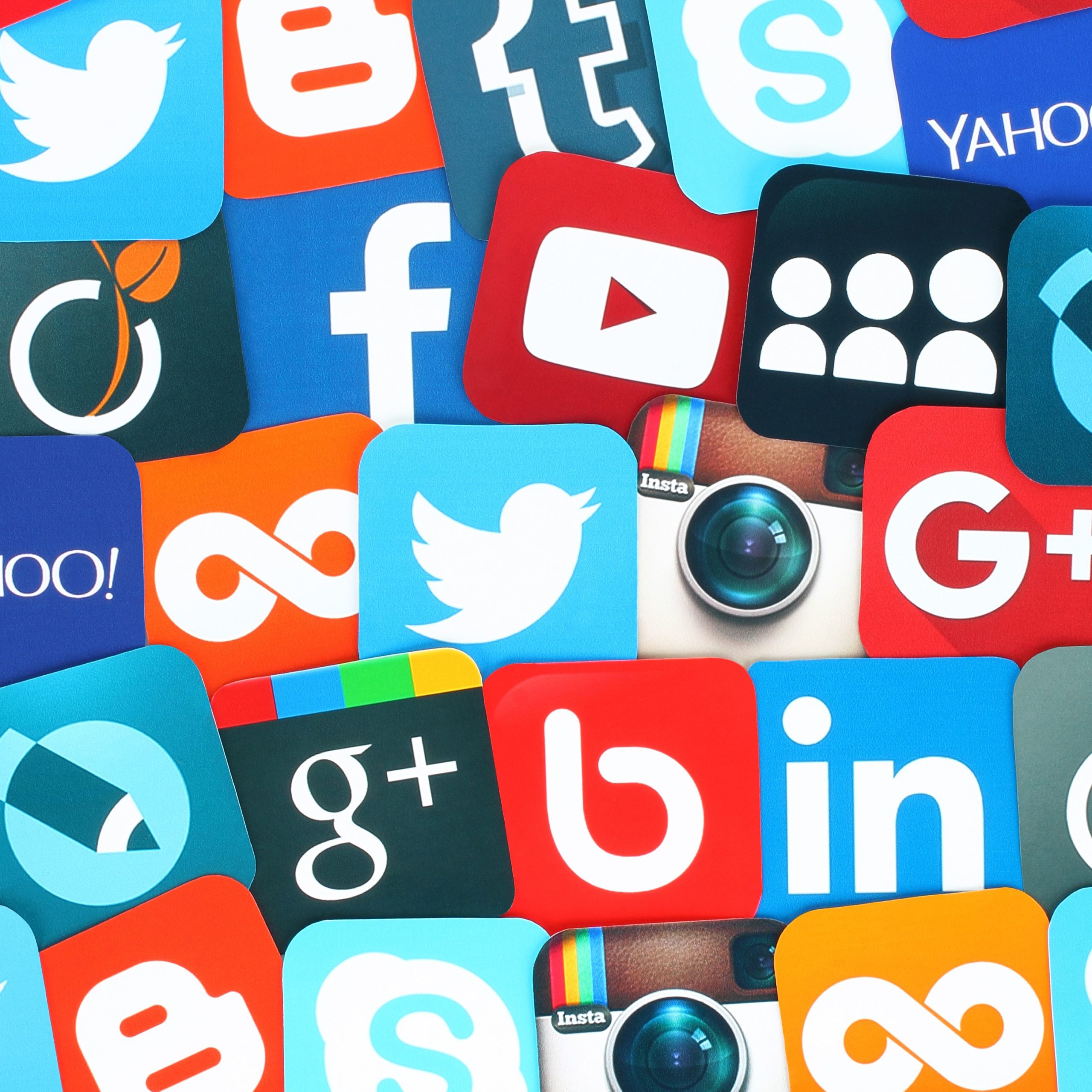Social media is buzzing with some of the biggest changes already taking shape in 2020. And while it’s only February, you may want to take a second look at your social media execution as these new updates are worth exploring. Here’s a look changes to the landscape in Pinterest, Facebook and Twitter, along with a new emerging platform:
Vine turned into Byte
What is it?
It was the year 2013, and short-form comedic videos were extremely popular. Vine helped some of today’s social media stars get their rise to fame. But a few years later, Vine came to an end. With this in mind, Byte is looking to revive the old platform. It’s UX is similar to Vine, users can create a profile and make 6-second looped videos for others to see on their feed.
Why does it matter?
With the sudden rise of Tik Tok and Triller, Byte could possibly be their replacement. It has knocked Tik Tok off the number 1 spot in the IOS store for the most downloaded free app. This can tell us two things, users are eager to try it and are switching to this platform. It also tells us that Byte could be used as a tool for content curation. It’ll be vital to keep an eye on it’s rise.
Pinterest experiments with AR
What is it?
You can try it before you buy it! Pinterest has released a new augmented reality feature called “Try On” for Pinners to test out different lipstick shades. At this time, the feature is only for specific brands but others may apply to be part of the program.
Why does it matter?
This is another way to get your product in front of the target audience. The feature can help increase your internet sales as users can quickly process if it’s a total buy or not. A small add-on for a greater result.
Facebook allows users to control ads
What is it?
Custom Audiences on Facebook are a great way to reach a distinctive group of people. Now, the platform is allowing those who have been excluded from that group, to opt into being served those ads anyway.
Why does it matter?
This can help you learn more about your targeting, and could potentially increase your ad performance. You may think you understand or know your core audience, but this shift is beneficial to take a deeper diver. Instead of removing those individuals, include them and more like them (maybe by using a “Lookalike Audience”).
Twitter removes a popular metric
What is it?
Twitter has decided to pull “Audience Insights” from its analytics. Brands were able to gain a better understanding of who their followers are (demographics, device usages, and more).
Why does it matter?
This makes it a bit hard to identify your audience. Factors like lifestyle, gender, age, and more, will be unidentifiable. But, you will still be able to see the types of accounts that interact with your tweets. Analyzing this data can still help provide a good sense of who your target audience is. You’ll be able to decide the type of content you need to utilize more (or less).
LinkedIn merges with Elevate
What is it?
If getting your employees to share content is the equivalent to pulling teeth, then LinkedIn has a solution. LinkedIn has decided to integrate Elevate’s functionality (it’s owned engaged tool for companies) into its platform. This allows employees direct access to content curated by their employer.
Why does it matter?
Elevate has functions that make it easier for employees to browse content from their company. This way, they are able to look through it and if it is relevant to their audience, they can share it quicker. This can be a way to engage your employees authentically without badgering them.
It’s no secret that social media is always changing. This makes it immensely important for you to stay afloat on any new trends and updates. Testing out Byte for a different engagement platform may be worthwhile. As well as using Pinterest’s lipstick AR addition for your audience to have a little fun (and boost your lipstick sales along the way.).
With metrics, while engagement will remain on Twitter, identifying specifics about your audience will soon fade. There’s always the “Conversations” metric to review. Another thing you can review are the ads you are served—even if the advertiser removes you from the audience on Facebook. Lastly, after all your content is together and you’re ready to target certain individuals, LinkedIn’s recent changes may help you. Instead of constantly pestering your employees to share content, use LinkedIn’s new combination to make it easier. This is only the beginning, stay tuned for more updates, shifts, and new platforms.



